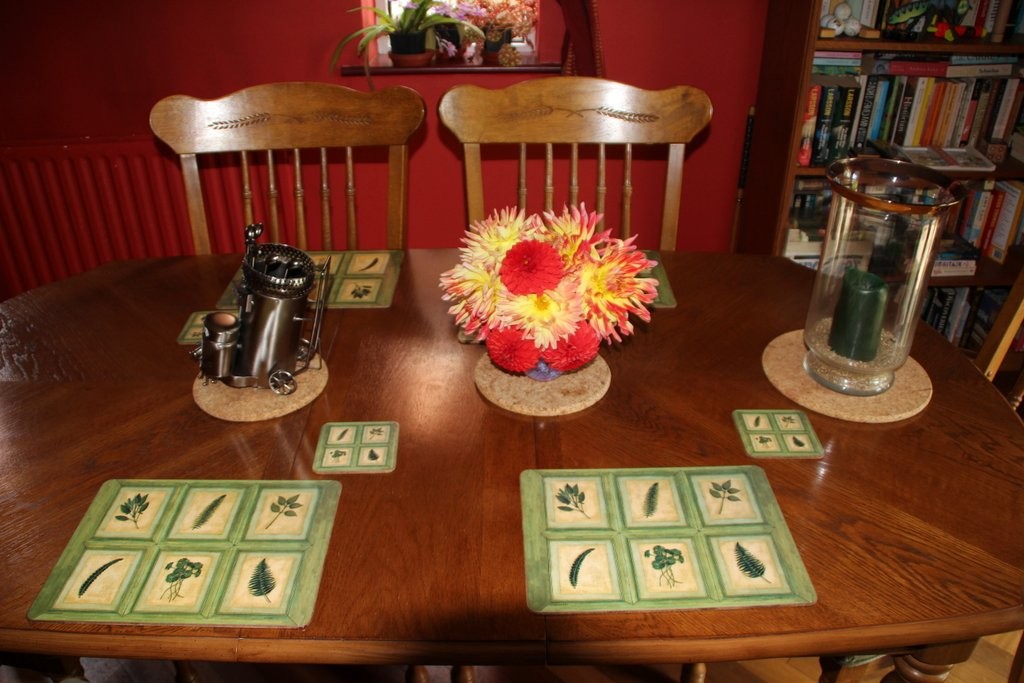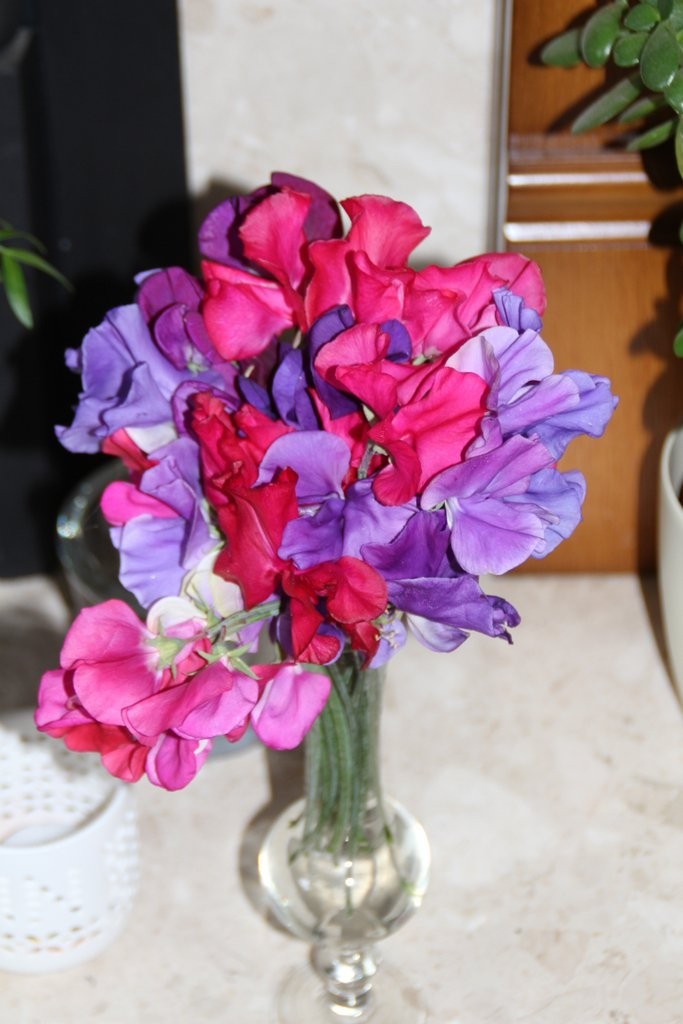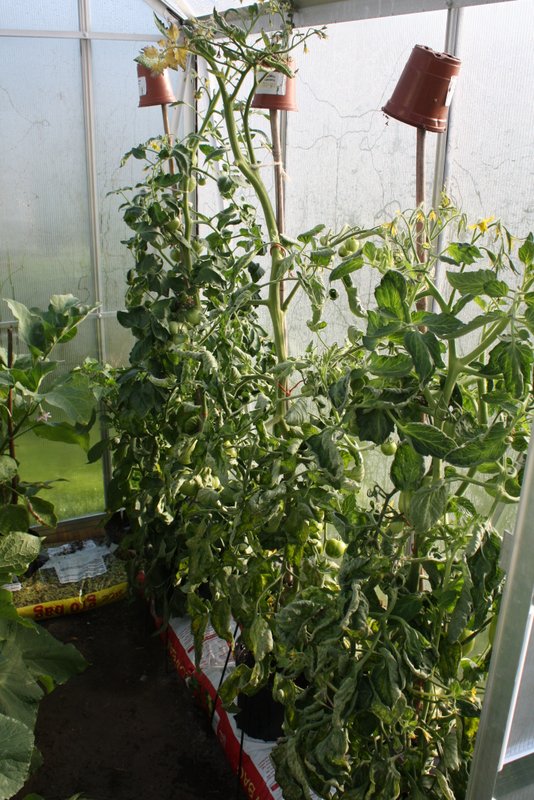Summer is here and hopefully all your hard work in earlier months is paying off. A few jobs to keep on top of in July include:
Thin out apples and pears. After the “June drop”, there may still be clusters of fruit that are too numerous. Thin out to no more than two or three per cluster to ensure good air movement and give the fruits room to swell. If your trees are relatively young, thin out even harder to avoid the weight of fruit bending or even breaking the weaker young branches. If you are growing espalier or cordon trained trees, then you can also prune to help keep the defined shape.
Early flowering shrubs (like Forsythia and Weigela) can be pruned back to give a good shape for next season. For those such as Philadelphus, the recommended approach is to cut back 1 in 4 stems to the ground in order to stimulate strong growth. As a general rule, if shrubs flower before Midsummer’s Day, then they will flower on old wood, so pruning after flowering is required. If shrubs flower after Midsummers Day, then they tend to flower on the current season’s growth, so pruning in spring is best. Of course there are always exceptions and some shrubs don’t like to be pruned at all, so it is always worth checking. The RHS website has lots of hints and tips:
Keep dead-heading to prolong the flowering of your shrubs and bedding plants, and bring some of the garden into the house by “live – heading” your favourites to make indoor displays. Flowers like sweet peas, Dahlias and Gaillardia will all keep flowering if you stop them from setting seed.
Make sure you pinch out side shoots on cordon tomatoes to keep the plant’s energy focused. If you are growing in a greenhouse, pinch out the main shoot just before it gets to the roof, making sure you have at least two leaves after a flower truss so that the plant will pull nutrients up to the last truss. Regular pinching out will help the plant to develop sturdy main stems that are efficient at transporting water and nutrients around the plant.
Don’t forget to feed your tomato plants regularly, they are hungry plants and will repay you with lots of fruit. Keep an eye out for disorders like leaf discolouration and blossom end rot which are signs of nutrient deficiency and/or irregular watering.



